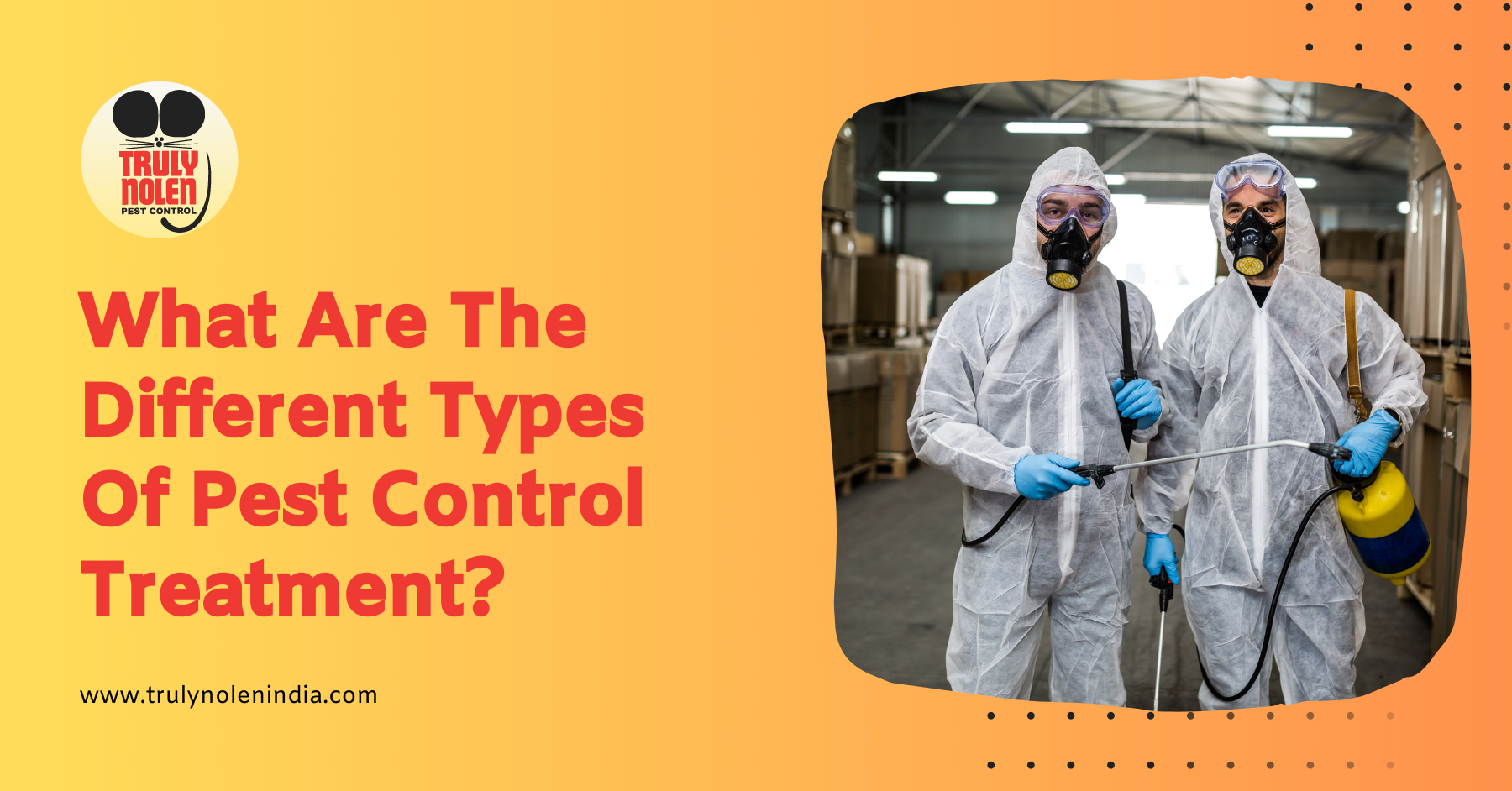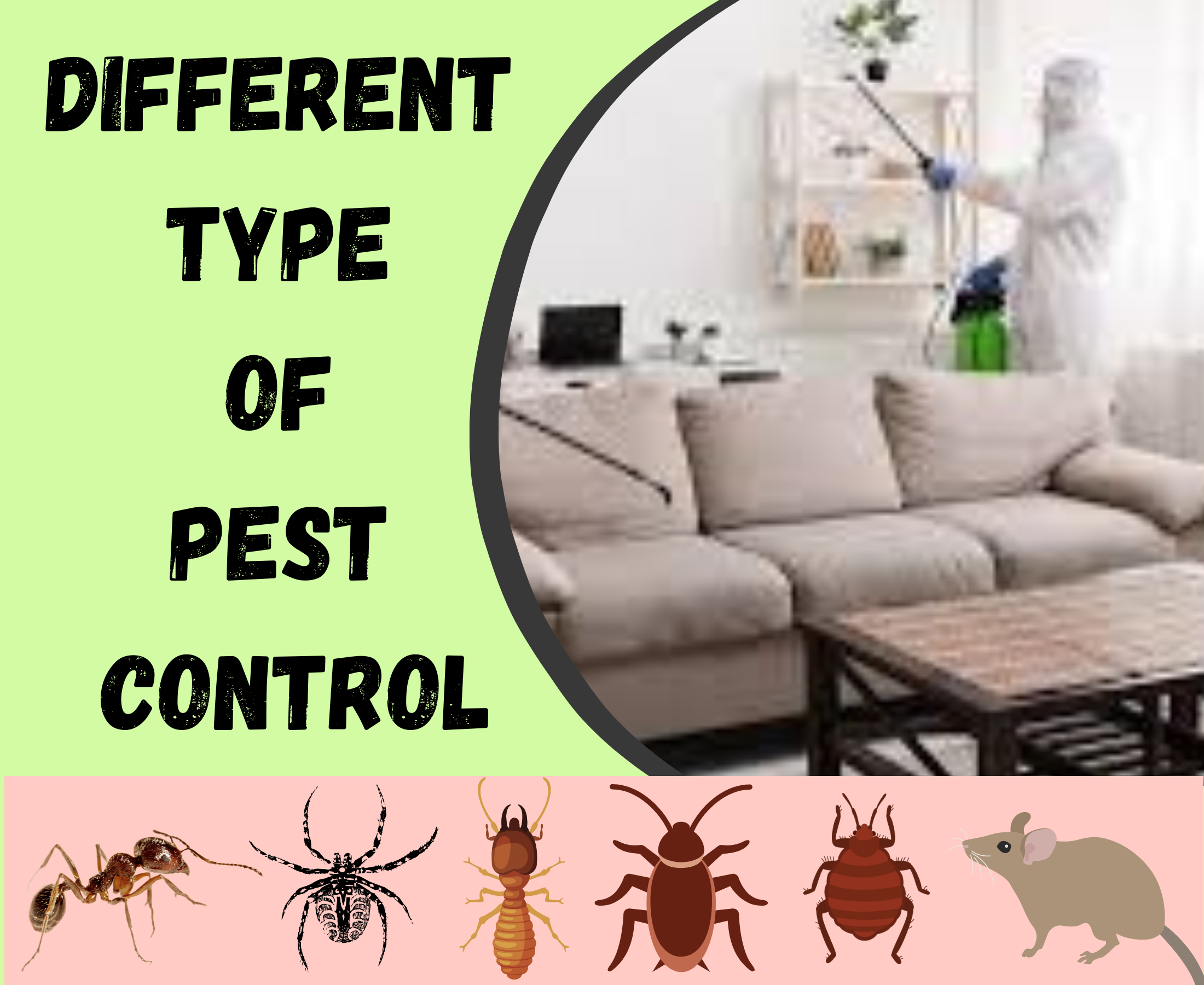The 10-Minute Rule for Pest Control
Table of ContentsFacts About Pest Control RevealedGetting My Pest Control To WorkMore About Pest ControlThe Definitive Guide to Pest ControlThe Best Guide To Pest Control
Limitations of Chemical Monitoring Have the ability to assess pest issues, establish if administration is required, and make proper suggestions using IPM strategies. Recognize with different techniques of parasite monitoring - their advantages and restrictions. Recognize the value of useful insects. It is not possibleor also desirableto rid gardens of all bugs.This chapter talks about (IPM), a strategy that utilizes knowledge concerning bugs and their, methods, nonchemical methods, and chemicals to take care of pest issues. Added details about IPM for particular plants is consisted of in phases that focus on those plants. Insects in a yard or landscape may consist of insects and mites, weeds,, animals, and birds.
Bugs and weeds, nevertheless, play a role in the. After planting a yard or developing a yard, the natural process of plant sequence starts to improve and nonnative plants.
What we call "parasites" belong to an all-natural system at job. A community has no parasites. Only people take into consideration particular varieties insects when they take place where they are not desired. We will be much more successful in handling unwanted varieties when we understand that these microorganisms comply with predictable patterns that we can use to our benefit.
The smart Trick of Pest Control That Nobody is Talking About
Pests prone to a chemical were promptly eliminated, leaving resistant ones to breed and increase. It became clear that chemicals alone would certainly not solve all parasite issues.
An IPM plan allows some level of bugs in the setting. Insects are much less likely to make it through a program that makes use of several methods of lowering their populaces. Integrated insect management was first recommended by entomologists since pests were the first group of insects to prove challenging to handle with chemicals alone.
pest and host accurately. and take into consideration economic or visual injury. A threshold is the factor at which activity should be taken. a therapy approach utilizing mechanical, social, organic, or chemical controls, or a mix of these approaches. success of therapies. IPM has actually expanded past pests to management of all pest populations: weeds, illness organisms, and animals.
The Facts About Pest Control Revealed
Monitoring rather than obliteration of pests is the goal. An IPM strategy begins with a careful assessment of each insect problem.
Clover growing in a yard might be considered as an unwanted weed, yet as a legume it is manufacturing nitrogen for the dirt and the blossoms are giving nectar to honey bees and various other. Tolerance for some weeds might become part of an IPM visit this page strategy. might be eating the fallen leaves of a plant, however when they are determined as the larvae of Eastern tiger swallowtail butterflies, their damage might be endured so we can take pleasure in the stunning butterfly.

The 2nd crucial tool in bug management is early intervention. Existing and watchful in the yard ensures very early detection. Responding to troubles swiftly, prior to they have time to increase, requires a much less significant treatment. The third most vital device is recordkeeping; tracking what occurs in the yard allows a garden enthusiast to recognize patterns and make notified decisions.
The Best Strategy To Use For Pest Control
Many secure, practical, nonchemical methods of plant security and insect administration may minimize or eliminate the need to spray. Various other techniques are most advantageous when used with chemicals. To apply monitoring techniques properly and to minimize losses, gardeners should know the kinds of insects that attack plants and comprehend pest biology.

Performing a dirt examination and applying just the advised quantity of plant food and go to these guys lime makes best use of the benefit to the plant while decreasing problems associated with too much use plant food - Pest Control. Treatment the dirt with numerous inches of mulch protects the plant in a number of means: reducing soil water loss to evaporation, reducing weed competitors, offering nutrients, and creating an appropriate setting for earthworms and microbes that keep the soil see this loosened for origins and break down organic material to launch nutrients
If mulch touches the trunk, it can develop a method for voles, germs, and fungi to strike the plant. Do not make use of manure or garden compost that has not extensively decomposed as a leading dressing due to the fact that it can encourage undesirable bugs. Study recommends that tilling the soil is destructive to dirt framework.
The Ultimate Guide To Pest Control
If tilling is considered required, think about doing it in the autumn when the life process of many insects brings them near the surface area. At the surface, bugs become exposed to the weather condition in addition to birds and various other all-natural opponents. Fall tilling can likewise destroy pests in crop deposits. Use disease-free and insect-free certified seeds and plants if offered.
Comments on “Pest Control Fundamentals Explained”